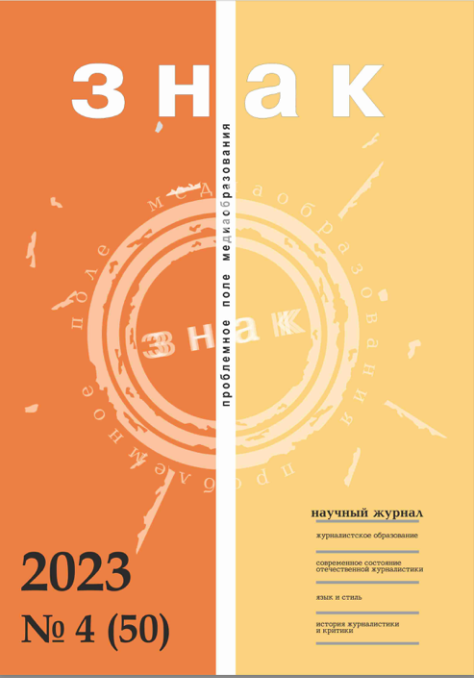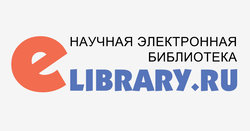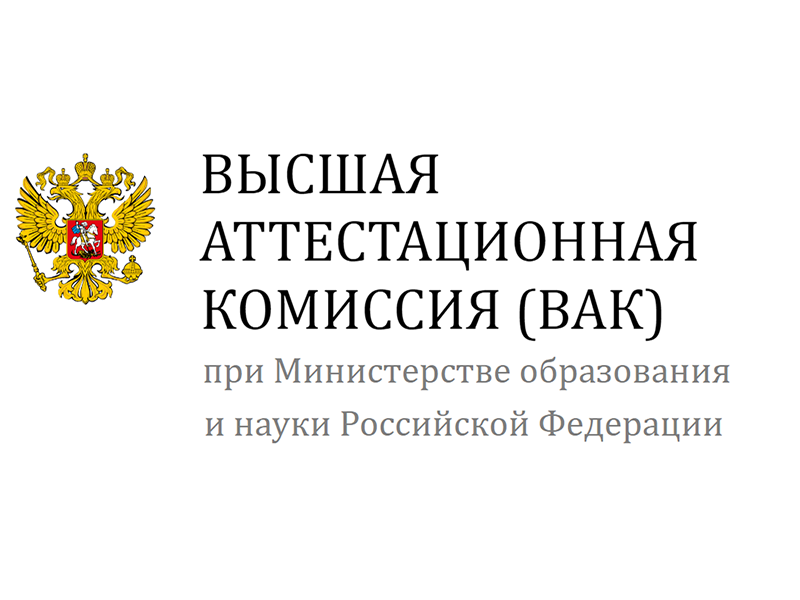Алгоритм мультимодального дискурс-анализа любительских видеонарративов (к вопросу о материализации идентичности)
DOI:
https://doi.org/10.47475/2070-0695-2023-50-4-66-78Ключевые слова:
мультимодальный дискурс-анализ, идентичность, материализованная идентичностьАннотация
Статья посвящена вопросам применения метода мультимодального дискурс-анализа к исследованию видеоматериалов (на примере любительских видеонарративов). Автор предлагает детализацию самого алгоритма применения этого метода с целью восполнить пробелы методологического характера в современной исследовательской литературе. Опираясь на последние примеры применения метода в трудах М. Чендлера, Ц.-И. Цен и Дж. Бейтмана, автор демонстрирует лакуны в алгоритмизации процедуры метода и далее предлагает: 1) постановка исследовательского вопроса; 2) порядок выборки данных; 3) регистрация первичных элементов видеосообщения; 4) обработка первичных данных; 5) сборка (дискурс-анализ, направленный на формулирование ответа на исследовательский вопрос).
Предложенный алгоритм применен в статье к исследованию материализованной идентичности. При этом исследовательский вопрос формулируется с опорой на коммуникативную теорию идентичности М. Хехта; выборка составляется с обоснованием жанра травелога как наиболее релевантного задаче поиска материализованной идентичности; алгоритм мультимодального анализа применен к одному видео подборки с целью построения пробного варианта анализа (сэмплинга). Приведен пример регистрации первичных данных по нарративу продолжительностью 4 минуты 44 секунды, выделены рабочие семиотические ресурсы (включая интонацию закадрового голоса). Этап сборки позволяет создать основу для масштабирования анализа на другие видео выборки, а также сформулировать гипотезу, нуждающуюся в дальнейшем исследовании (в приведенном примере с материализованной идентичностью – о гносеологическом парадоксе, репрезентируемом посетителями, которые одновременно идентифицируют себя с рациональным, научным дискурсом и с логикой эзотерически ориентированного поведения).
Благодарности: Исследование выполнено за счет гранта Российского научного фонда (совместно с органами власти Челябинской области) No 23-18-20098, https://rscf.ru/project/23-18-20098, проект «Материализованная идентичность: конструирование памяти в социально-экономической перспективе (на примере археологического памятника Аркаим)».
Библиографические ссылки
Aslanov, I. A. (2020). Issledovaniye freyminga v rabotakh rossiyskikh uchenykh: rezul’taty kontent-analiza [Study of framing in the works of Russian scientists: results of content analysis]. Mediaskop, 4, http://www.mediascope.ru/2662. (In Russ.).
Kibrik, A. A. (2018). Russkiy mul’tikanal’nyy diskurs. Chast’ I. Postanovka problem [Russian multichannel discourse. Part I. Statement of the problem]. Psikhologicheskiy zhurnal. 39, 1, 70–80. https://doi.org/10.7868/S0205959218010075. (In Russ.).
Kirillov, A. G. (2020). Travelog kak zhanr diskursa blogosfery [Travelogue as a genre of blogosphere discourse]. Vestnik Mezhdunarodnogo instituta rynka. 2, 59–63. (In Russ.).
Kupriyanova, Ye. V. (2021). Arkaim: rozhdenie legendy : monograph [Arkaim : the birth of the legend : monograph]. Chelyabinsk : Kraj Ra. (In Russ.).
Mayga, A. A. (2014). Literaturnyy travelog: spetsifika zhanra [Literary travelogue: the specifics of the genre]. Filologiya i kul’tura. Philology and culture, 3 (37), 254–259. (In Russ.).
Malakhov, V. S. (2010). Identichnost’ [Identity]. Novaya filosofskaya entsiklopediya. Moskva : Mysl’, II, 78–79. (In Russ.).
Polonskiy, A. V. (2015). Travelog i yego mesto v sovremennoy zhurnalistike [Travelogue and its place in modern journalism]. Vestnik Tverskogo gosudarstvennogo universiteta. Seriya: Filologiya, 1, 207–215. (In Russ.).
Rusakov, V. M. (2015). Travelog [Travelogue]. Diskurs-Pi, 3–4 (20–21), 172–173. (In Russ.).
Pecherskaya, T. I., Konstantinova, N. V., Bogodorovam A. A., eds. (2016). Russkiy travelog XVI–XX vekov: marshruty, toposy, zhanry i narrativy: kollektivnaya monografiya [Russian travelogue of the 16th–20th centuries: routes, topoi, genres and narratives: collective monograph]. Novosibirsk : NGPU, 454 p. (In Russ.).
Sosnovskaya, A. M. (2023). Politika gorodskoy identichnosti v diskurse kul’turnogo naslediya [The politics of urban identity in the discourse of cultural heritage] : thesis. Sankt-Peterburg. (In Russ.).
Fortunatov, N. M., Fortunatov, A. N., Fortunatova, V. A. (2018). Russkoye puteshestviye kak natsional’nyy mif i forma sub”yektnosti [Russian travel as a national myth and form of subjectivity]. Filologiya i kul’tura, Philology and culture, 4 (54), 215–222. (In Russ.).
Shnirel’man, V. A. (2011). Arkaim: arkheologiya, ezotericheskiy turizm i natsional’naya ideya [Arkaim: archeology, esoteric tourism and national idea]. Antropologicheskiy forum, 14, 133–167. (In Russ.).
Bateman, J. A. (2008). Multimodality and Genre : A Foundation for the Systematic Analysis of Multimodal Documents. London : Macmillan Palgrave. https://doi.org/10.1057/9780230582323.
Bateman, J. A., Tseng, C.-I. (2023). Multimodal discourse analysis as a method for revealing narrative strategies in news videos. Multimodal Communication. https://doi.org/10.1515/mc-2023-0029 (preprint).
Berman, S. L., Montgomery, M. J., Ratner, K. (2020). Trauma and identity: A reciprocal relationship? Journal of Adolescence, 79, 275–278. https://doi.org/10.1016/j.adolescence.2020.01.018.
Chandler, M. (2023). #anxiety: A multimodal discourse analysis of narrations of anxiety on TikTok. Computers and Composition, 67, Article 102763, https://doi.org/10.1016/j.compcom.2023.102763 (preprint).
Graber, D. A. (1994). The infotainment quotient in routine television news: A director’s perspective. Discourse & Society 5 (4), 483–508.
Hecht, M. L., Faulkner, S. L., Meyer, C. R., Niles, T. A., Golden, D., & Cutler, M. (2002). Looking through Northern Exposure at Jewish American identity and the communication theory of identity. Journal of communication, 52(4), 852-869.
Hecht, M. (1993). 2002-A Research Odyssey: Toward the Development of a Communication Theory of Identity. Communication Monographs, 60, 76–82. https://doi.org/10.1080/03637759309376297.
Hecht, M. L., Collier, M. J., Ribeau, S. A. (1993). African American communication: Ethnic identity and cultural interpretation. Sage.
Hecht, M. L., Lu, Y. (2014). Communication Theory of Identity. Encyclopedia of health communication, T. L. Thompson (ed.), Thousand Oaks: SAGE, 225–227.
Hecht, M., Warren R. J., Jung E., and Krieger L. J. (2004). Communication Theory of Identity. Theorizing About Intercultural Communication, W. B. Gudykunst, ed. Thousand Oaks, CA: Sage.
Huang J., Obracht-Prondzynska H., Kamrowska-Zaluska D., Sun Y., Li L. (2021). The image of the City on social media: A comparative study using “Big Data” and “Small Data” methods in the Tri-City Region in Poland. Landscape and Urban Planning, 206, Article 103977. https://doi.org/10.1016/j.landurbplan.2020.103977. URL: https://www.sciencedirect.com/science/article/pii/ S0169204620314602.
Leeuwen, T. van. (2015). Multimodality. The Handbook of Discourse Analysis, Second Edition, ed. by Deborah Tannen, Heidi E. Hamilton, and Deborah Schiffrin. London: John Wiley & Sons, 447–465.
Tinnell, J. (2015). Grammatization: Bernard Stiegler’s Theory of Writing and Technology. Computers and Composition, 37, 132– 146. https://doi.org/10.1016/j.compcom.2015.06.011.
Tseng, C.-I. (2013). Cohesion in film. London : Palgrave Macmillan UK, 176 p.
Ventola, E., Charles, C., Kaltenbacher, M. (2004). Perspectives on Multimodality (Document design companion series 6). New York : John Benjamins Publishing, 249 p.
Zettl, H. (1998). Contextual Media Aesthetics as the Basis for Media Literacy. Journal of Communication, 1 (Winter), 81–95. Zettl, H. (2016). Sight, Sound, Motion: Applied Media Aesthetics. 8th ed. Wardsworth, 464 p.
Загрузки
Опубликован
Как цитировать
Выпуск
Раздел
Лицензия
Copyright (c) 2023 Знак: проблемное поле медиаобразования

Это произведение доступно по лицензии Creative Commons «Attribution-NonCommercial-NoDerivatives» («Атрибуция — Некоммерческое использование — Без производных произведений») 4.0 Всемирная.




